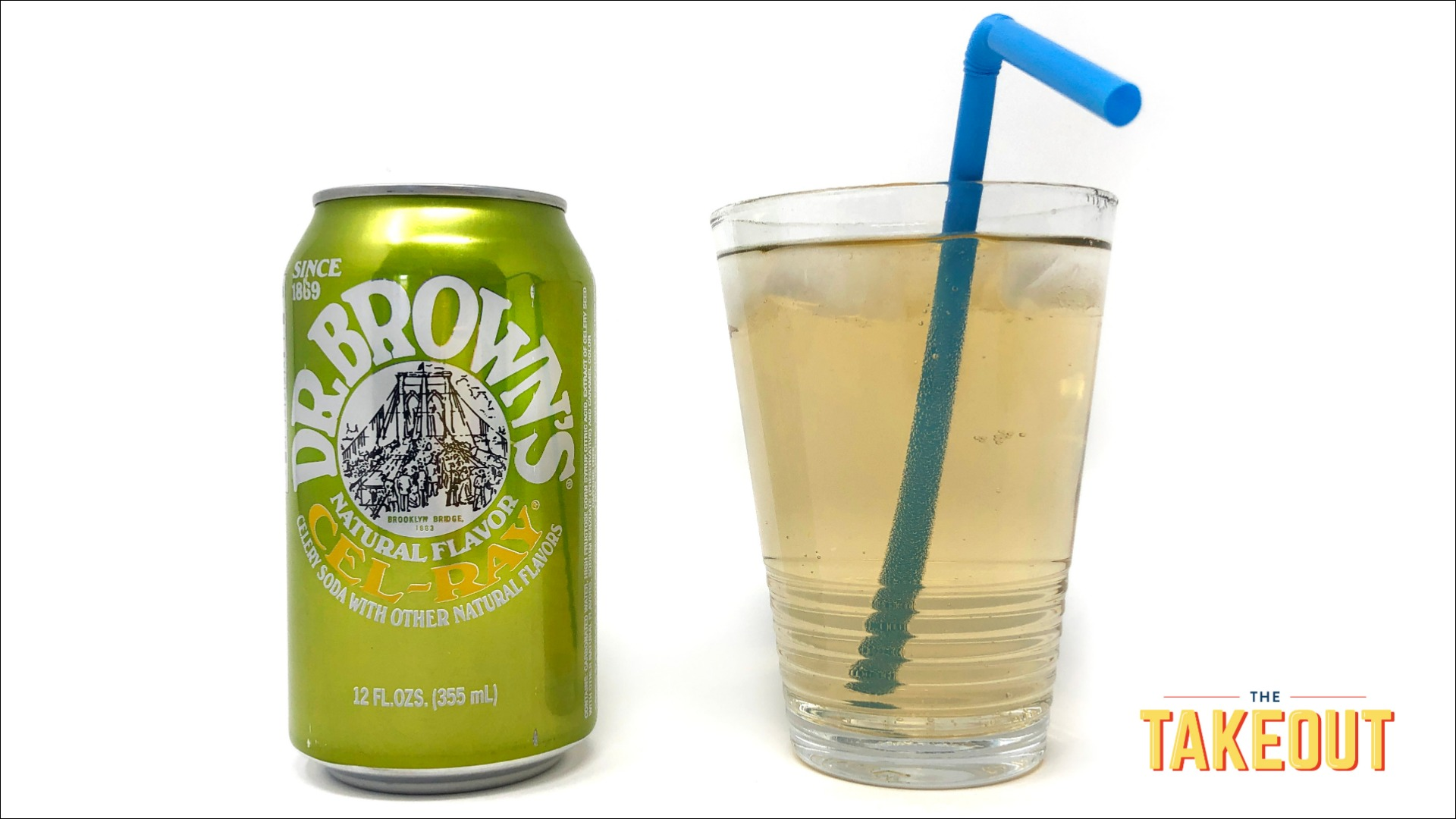I Doff My Cap To Dr. Brown's Cel-Ray Soda
On Christmas Day, I found myself at Kaufman's, a legendary delicatessen in the greater Chicago area. (The Chinese going out for Jewish food on Christmas, oh inversion of expectations!) I've always felt a kindred gastronomic spirit between the Chinese and the Jews—unctuous hunks of corned beef deckle (as rich as Dong Po pork), a variety of smoked fishes (the Chinese love fatty proteins smoked with tea leaves), chicken soups, minced fish balls, chopped liver salads. I brought my parents here and they loved everything I ordered.
Frequenting a Jewish deli means I'll get to drink a can of Dr. Brown's Cel-Ray soda. Not that I can't buy a six-pack anytime of the year, but a Cel-Ray soda feels inextricably connected to the delicatessen experience. For me it'd be like ordering glogg wine on the Fourth Of July—I can, but I don't.

Cel-Ray is a soda with flavors derived from celery seeds. The closest analog is ginger ale, but with a peppery undertow of spice (though I wouldn't call it spicy). Our friends at Serious Eats have an excellent primer on Cel-Ray's backstory, but the key points are that it was first sold in 1868 as "celery tonic," back when celery (and carbonated water) were thought to have medicinal properties.
I suppose you could claim the savoriness and peppered spice of Cel-Ray plays off against the clove flavors in the pastrami, or some other bullshit foodie explanation—me, I just like the flavor. It feels appropriate to the environs. It sounds discordant—like watermelon and feta, like peanut butter and jelly—but it works. It's just not the same eating a corned beef triple decker (with a scoop of chicken liver salad) sandwich with a 7-Up. Dr. Brown's Cel-Ray soda is a "When in Rome" beverage—so says this fresser.
